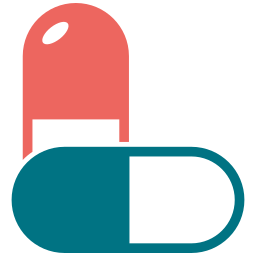Stroke
In Chronic Spasticity: Dantrolene is indicated in controlling the manifestations of clinical spasticity resulting from upper motor neuronal disorders (e.g., spinal cord injury, stroke, cerebral palsy, or multiple sclerosis). It is of particular benefit to the patients whose functional rehabilitation has been retarded by the sequelae of spasticity. Such patients must have presumably reversible spasticity where relief of spasticity will aid in restoring residual function. Dantrolene is not indicated in the treatment of skeletal muscle spasm resulting from rheumatic disorders. Occasionally, subtle but meaningful improvement in spasticity may occur with Dantrolene therapy. In such instances, information regarding improvement should be solicited from the patient. Brief withdrawal of Dantrolene for a period of 2 to 4 days will frequently demonstrate exacerbation of the manifestations of spasticity and may serve to confirm a clinical impression.
A decision to continue the administration of Dantrolene on a long-term basis is justified if introduction of the drug into the patient’s regimen:
- produces a significant reduction in painful and/or disabling spasticity such as clonus, or
- permits a significant reduction in the intensity and/or degree of nursing care required, or
- rids the patient of any annoying manifestation of spasticity considered important by the patient himself.
In Malignant Hyperthermia: Oral Dantrolene is also indicated preoperatively to prevent or attenuate the development of signs of malignant hyperthermia in known, or strongly suspect, malignant hyperthermia susceptible patients who require anesthesia and/or surgery. Oral Dantrolene should be administered following a malignant hyperthermic crisis to prevent recurrence of the signs of malignant hyperthermia.
Dantrolene should be used with caution in patients with impaired pulmonary function, and in patients with severely impaired cardiac function due to myocardial disease. It should be used with caution in patients with a history of previous liver disease or dysfunction.


